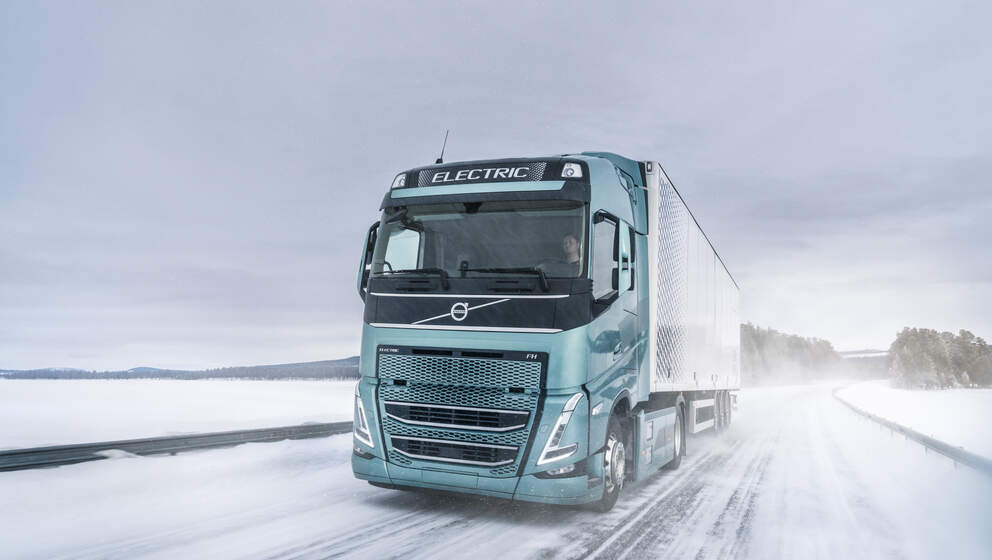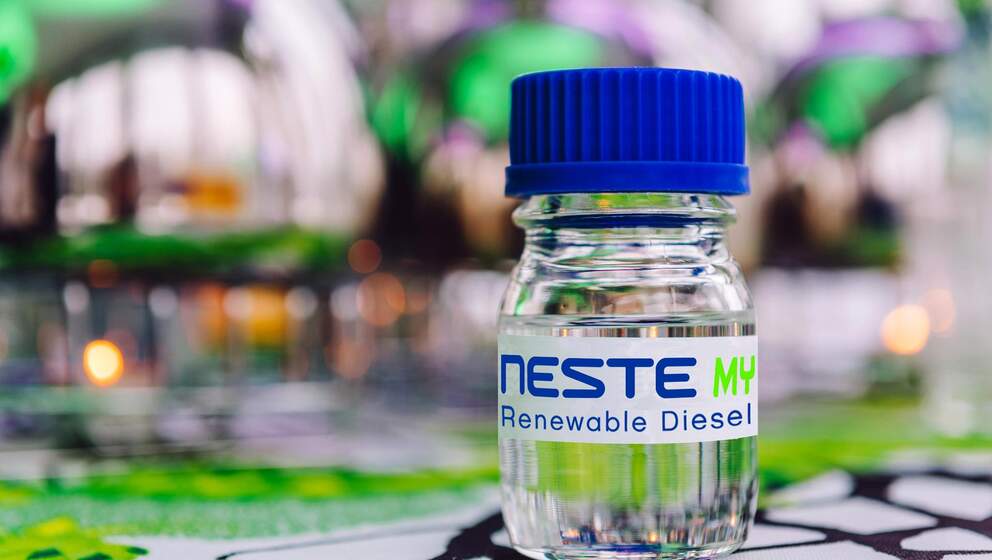Reducing emissions in the road transportation sector requires all hands on deck in Japan
Co-authored by Ted Tanaka, General Manager, Renewable Fuels Businesses Unit, ITOCHU Corporation, and Peter Zonneveld, Vice President, Renewable Road Transport EUR & APAC
For the first time at COP26, we had a United Nations climate deal that explicitly called out fossil fuels as the key driver of global warming. Continuing into the latest COP27, the deliberations sent a firm signal that indicated the phasedown of all fossil fuels is happening, where some countries are phasing out inefficient fossil fuel subsidies as a start.
While this is a major step forward in the effort to keep global warming below 1.5 degrees, a significant amount of work remains to achieve that target. Road transport is one sector that alone is responsible for 10 percent of all global emissions and rising faster than any other sector[1]. Therefore, there is no debate that the sector has an important part to play in reducing the climate crisis.
However, in many others, there is a long road ahead, and when we take other road transport beyond light-duty vehicles – i.e. trucks, construction equipment and buses – into consideration, it becomes clear that electrification is not a silver bullet and will take a long time to achieve.
Therefore, instead of relying solely on one solution, we need to take advantage of all available and sustainable solutions, including renewable liquid fuels, to reduce transport-related emissions, in order to help countries reach their climate targets. And these different solutions should be evaluated on a like-for-like basis.
Japan making headway in reducing emissions in road transport sector
Japan outlined a 2040 goal for the widespread rollout of electrified vehicles as part of the country’s efforts to realise net-zero carbon emissions by 2050. The government has also announced that it will adopt comprehensive measures to stop the sale of new gasoline-only cars by mid 2030s, and has compiled a ‘green growth strategy’, with the goal to purchase 5,000 large, electrified trucks by the end of the decade.
In Tokyo, the government has set the goal of expanding the network of public charging points for battery electric vehicles from the current 30,000 to 150,000 by 2030.
These initiatives point to some of the significant headways that have been made in Japan towards the goal of reducing emissions in the road transport sector, but more can be done to shift the dial. To meet Japan’s net-zero carbon goals by 2050, the country will need to reduce emissions by 46% from 2013 levels. This means that there will need to be a significant reduction of transport emissions across all sectors – some estimates pointing to about 30% by 2030.
But if we look at current policy developments, specifically the draft basic direction of the 3rd Ordinance, the proposed Notification 3.0 would require Japanese oil refineries to blend bioethanol into their gasoline, which would partly cover the passenger car sector. However, there are no proposals for the heavy vehicle sector, especially diesel vehicles where there are solutions to reduce emissions available right now.
While electric vehicles can contribute to lower emissions, there are differences in range, cost and suitability to consider. For instance, the short driving range of electric trucks has proven to be a barrier. Estimates show that to run 300 kilometers, a large electric truck would need 2.5 tons of batteries, which would then limit the volume of cargo it was able to transport.
It is clear that a wide range of solutions, including hydrogen and renewable fuels, are needed alongside electricity to reach the targets set out in Japan’s net-zero emissions goal by 2050.
We need all solutions to combat climate change, together
While the right mix of solutions will be specific to the needs and environment of each country, some of these solutions are ready for acceleration in the Asia Pacific region, including Japan to fill in the gap of hard-to-electrify transport like heavy-duty vehicles.
Renewable fuels are already available in the market and can be used in existing cars and trucks – as well as in planes and in ships – without needing to alter or update the engines. Produced from renewable raw materials, like waste and residues such as used cooking oil or animal fat waste from the food industry, renewable fuels have been around for over a decade and are a proven solution for all modes of transport. Most importantly, they can substantially reduce transport emissions.
The use of Neste MY Renewable Diesel, can reduce greenhouse gas emissions by up to 90 percent compared to fossil diesel over the life cycle of the fuel[2]. This makes it a quick and effective tool that is ready for use today without adjustments in existing diesel engines, while the necessary technology or infrastructure for other renewable solutions are being developed and rolled out.
For example in Japan, as part of its ‘FamilyMart Eco Vision 2050’ in which a core goal is the reduce its greenhouse gas emissions, FamilyMart, one of the largest convenience store chains in the country, uses Neste MY Renewable Diesel in some of its delivery vehicles at their distribution center in Yokohama City. This marks the start of Neste's journey to help our Japanese road transportation customers in reducing their greenhouse gas emissions.
Collaboration is key to a sustainable future
Though renewable fuels may be one “plug-and-play” solution, the real key to emission reductions in the road transport sector is collaboration. Governments, businesses, and research institutes each have a role to play and must partner together to tackle the challenge.
Governments are critical to creating the enabling conditions for businesses and society to fight climate change. In line with national commitments, the implementation of policies and regulation that incentivize or mandate more sustainable solutions aligns the expectations of how businesses operate. It also encourages companies, entrepreneurs, and organizations like research institutes to develop sustainable new solutions, products, and markets.
In parallel, companies have the responsibility and the opportunity to stay competitive by transforming their business to become more sustainable. The private sector is playing – and is expected to play – an increasing role as a change-maker. This is being recognized by governments and the nonprofit sector alike, leading to a range of collaborations between the public and private sectors.
Ensuring we remain below 1.5 degrees is a difficult task, but significant progress has already been made. By leveraging all available solutions and enabling closer collaboration between the public and private sectors, we can achieve even greater progress on the road to decarbonization.
[2] The methodology for calculating life cycle emissions and emissions reduction complies with the European Union’s Renewable Energy Directive II (2018/2001/EU).



